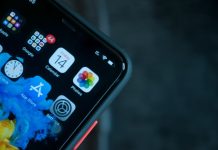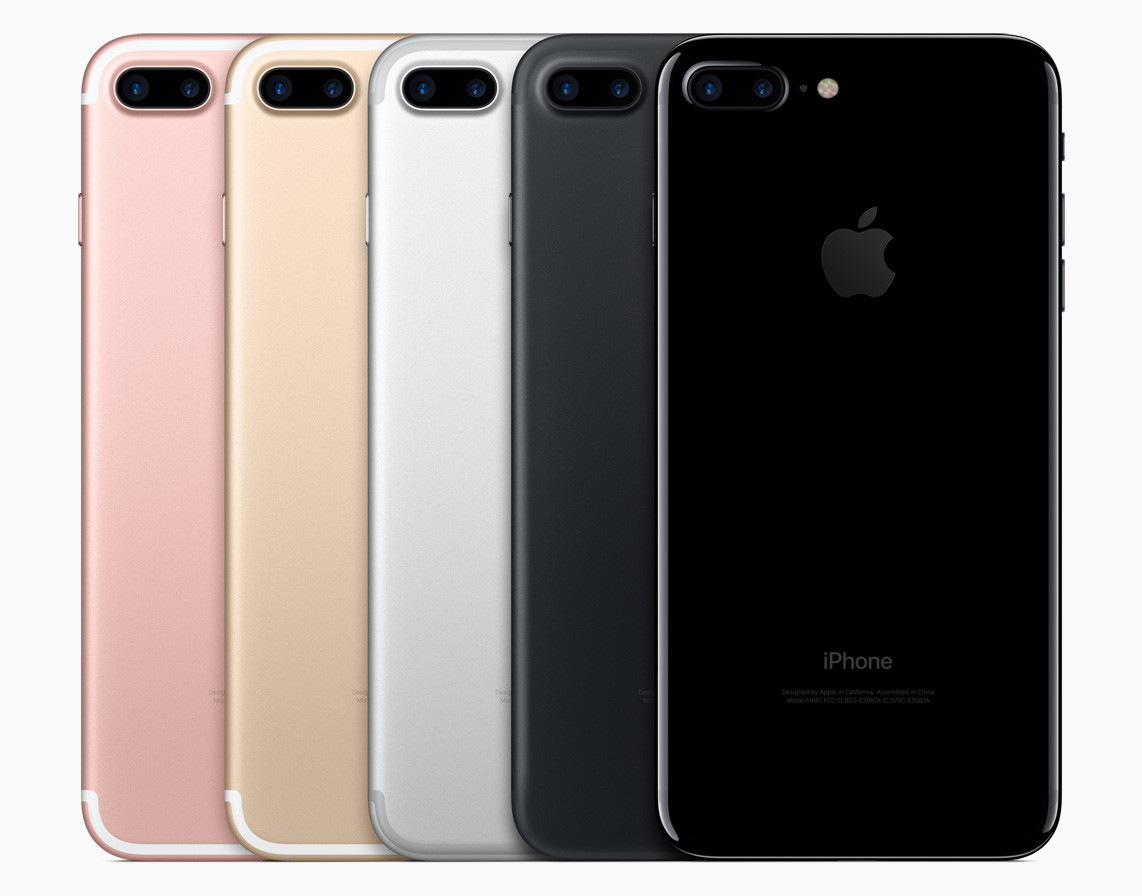
Along with the new iPhone 7, Apple has introduced the terminal with the largest diagonal that will accompany it on the market for those who believe it is essential that the screen of their smartphone be at least 5.5 inches.
Like its little brother, the new iPhone 7 Plus has dispensed with the headphone port in its design and has included water resistance as a great value in its design. But the most significant and relevant for its future in the market is that it launches a two-sensor camera. Let’s analyze in detail the main features of the iPhone 7 Plus and what its innovations are intended to contribute.
Water resistance and no headphone port: the innovations of the design
The new iPhone 7 Plus presents minor changes at the design level. At least in appearance. It still has a one-piece metal body, relatively thin (7.3 mm) but quite heavy (188 grams), and the antenna bands are visible in some designs. But new colors are available, including a very striking glossy black that recovers the look & feel of the first iPhones with a plastic casing, but which a priori will be eaten by fingerprints and dirt.
Water resistance, a dual-sensor camera, and an iPhone that does not start from 16 GB. The most basic is 32 GB.
However, there is plenty to dive into at the new iPhone 7 Plus design level. The most significant thing is that, after some dalliances in the previous generation, the iPhone 7 Plus is a phone that can get wet thanks to its IP67 profile. Splashes spilled water, or a tap to remove the dirt are no longer situations we should fear.
The other novelty is found at the bottom. There appears a second speaker that gives us stereo and improved sound, another of the weakest points of the current iPhone 6s Plus, and that occupies the place that until now was occupied by the headphone port. Apple has finally decided that the 3.5 mm port will go down in history, and its terminals will be used mainly via Bluetooth or directly connected to the Lighting port.
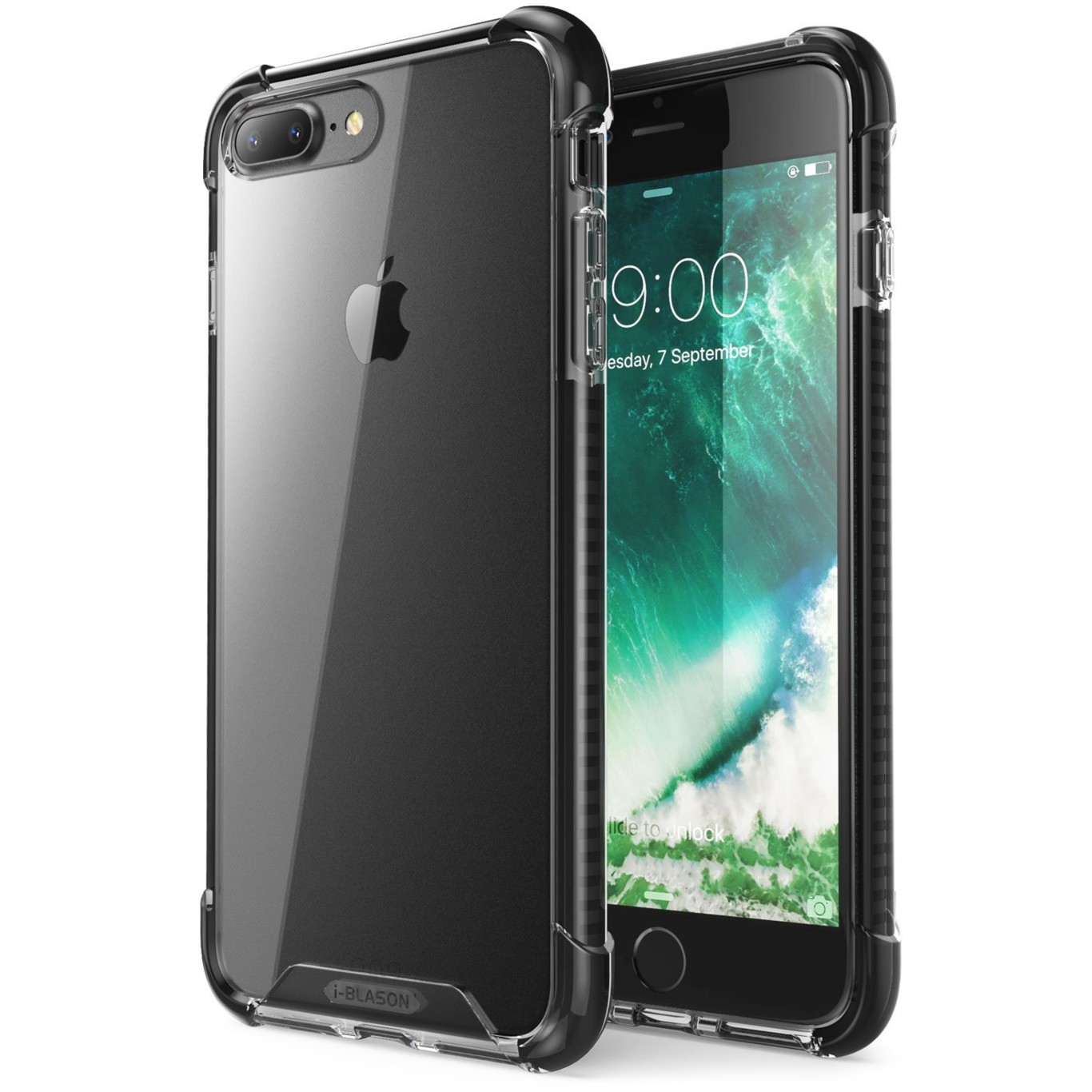
The new iPhone 7 Plus camera: two sensors for 2X optical zoom
At some point, it was known that Apple would move to a two-sensor camera. It is the industry trend and, for now, the most logical and direct way to improve mobile photography’s quality or performance.
The new iPhone 7 Plus joins the group of terminals that have already experimented with this solution. In the case of Apple, the double sensor will be used to zoom in two times without loss of quality of an optical type when using the two lenses to achieve it. There is also the possibility of reaching a 10X zoom but already at the software level.
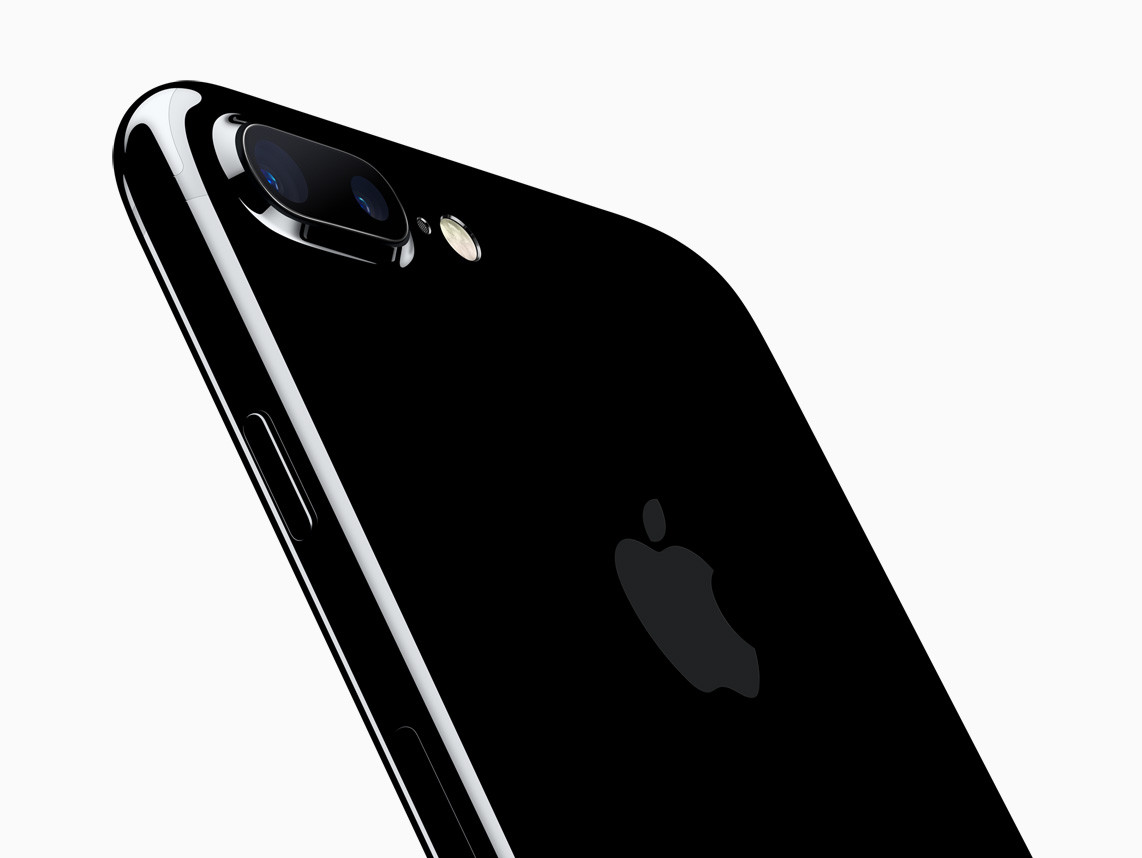
The two sensors will be of the same resolution, 12 MP, with an aperture of f1.8 for the wide-angle sensor and f2.8 for the telephoto lens. The rest of the specifications associated with a smartphone camera have gone up a notch:
- Optical stabilization.
- Apple’s own new ISP.
- A six-element lens.
- A new flash with four LEDs to achieve 50% higher brightness.
Apple has positioned its dual sensor system as an element to achieve a 2x optical zoom. For now, nothing to improve night scenes with them or RAW or manual controls
The video will still be of high quality, but there are other steps that Apple refuses to take for now. No RAW format or native manual controls. We will see how the new camera performs in scenes with low light, where it had been at a clear disadvantage with its rivals, and if the 2X optical zoom means overtaking on the right and how it unfolds.
Yes, the Facetime camera, Apple’s secondary, has risen to a new level, which can now boast a resolution according to the market (7 MP), f2.2 brightness, burst, Retina flash using the screen, and 1080p video recording.
The expected advances on the screen and performance but not the battery
The technical aspects always used to renew the generation of smartphones at home have been less so in the new iPhone 7 Plus. The screen is still 5.5 inches, with an IPS panel and a 1080p resolution. That makes a total of 401 ppi, about 100 less than where the 4K panels of the main rivals move.
Apple has preferred to focus on other areas of quality of its screens and, for example, has left the contrast at 1,300:1, has raised the viewing angles, improved the color gamut (P3), and raised the brightness level to 625 cd/ m2. It also has 3D Touch.
Minor improvements on a screen where quality is paramount and that will manage a beast of a processor that will not have the support of a larger battery, much less the fast charge that is more necessary than ever.
Many of the spec increases, especially in-camera processing, will be supported by the new A10 chip, with four cores, an M10 coprocessor, and a new GPU. If the past few years hold up, performance won’t be a problem for the new iPhone 7 Plus. Another thing is the battery. Apple says it’s an hour better than the 6s Plus, which for a phablet isn’t much of a stretch to brag about. But in addition, the worst characteristic of the current iPhone battery has not been mentioned at any time: the charging time. Apple still does not position itself on the fast charging side that it does so much in a terminal today.
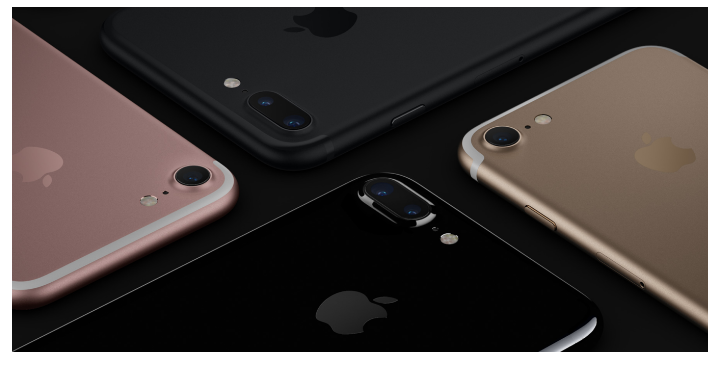
iPhone 7 Plus: price and availability
The new iPhone 7 Plus can begin to be reserved now, and its sale is scheduled for next September 16 in an important first round of the market, Spain included. The prices are 909 euros for the 32 GB model (finally saying goodbye to 16 GB), 1019 euros for the 128 GB iPhone 7 Plus, and the most expensive, with 256 GB, is positioned at 1129 euro.
The black and glossy black models will only be available with the 128 and 256 GB versions.

Sharlene Meriel is an avid gamer with a knack for technology. He has been writing about the latest technologies for the past 5 years. His contribution in technology journalism has been noteworthy. He is also a day trader with interest in the Forex market.



